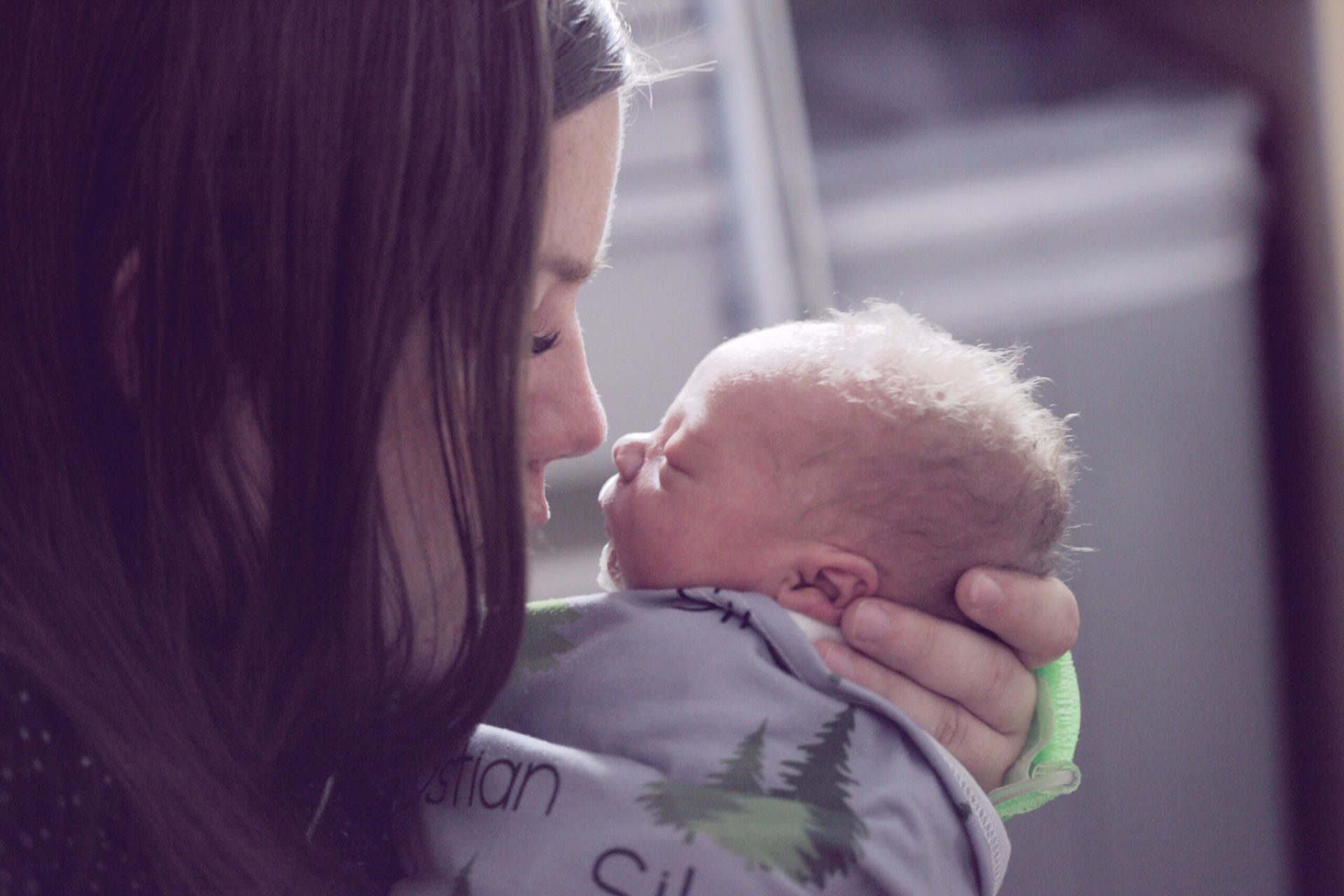Everything you need to know about taking care of your Postpartum body.
0
Childbirth is a miraculous time, however for some women, the postnatal recovery can be challenging. What’s known as the ‘Postpartum’ period involves the mother progressing through many changes – both physical and emotional, while learning how to deal with all manner of adjustments once bringing home that beautiful bundle of joy.
A mother needs to take good care of herself to rebuild her strength, needing plenty of rest, good nutrition, and help during the first few weeks after giving birth. Here are some tips to help you to manage and care for yourself a little after you’ve had your baby.
1. Use a support after C section
A C Section support can be very helpful in providing pressure and support to the area as it heals, making activities such as sitting, walking and going up stairs easier.
2. Eat well!
Eating foods with high nutritional value such as fruits and veg, and reducing inflammatory foods such as sugary, processed foods and caffeine will feed the healing process. Eating well is also essential if you are breastfeeding, as is keeping well hydrated.
3. Accept offers of help
In some countries, the postnatal woman receives hands on help after childbirth, which reduces the likelihood of postnatal conditions arising. If people offer to help with the cooking or cleaning take them up on it!
4. Try to squeeze in some “You” time
It is so important to catch a few moments when you can to de-stress and re-set. Take a warm bath or shower, read a book, have a nap or take a walk by yourself for 10-15 minutes – daily if you can!
5. Look after your pelvic floor
You can start pelvic floor exercises straight away after you’ve had your baby. Engaging your pelvic floor whilst exhaling as you sit-stand, cough, laugh or sneeze and before lifting can offer some protection.
6. Give your body time
Celebrities snapping back into shape after they have their babies is not realistic or safe. Your body needs to recover naturally in it’s own time, and this can take up to a few years. Rushing back to high impact exercise can be extremely detrimental to your pelvic floor and can lead to incontinence and prolapse.
7. Buy lots of pillows!
Appropriate support in all positions is essential for comfort, regardless of mode of delivery.
8. Avoid constipation
Drink plenty of fluids and eat high fibre foods. Gentle walking can help as can sitting on the toilet with your feet on a step. Avoid straining and particularly don’t do this holding your breath as this can weaken your pelvic floor!
9. Know your body
Look for signs of itchiness, soreness, redness, heat and swelling which may indicate infection or skin conditions. Feelings of pressure or bulging in the vagina may be indicative of a prolapse and this will need to be checked by your GP
10. See a Women’s Health Physio
A Women’s Health Physio will check your pelvic floor function, tummy and issues with your back or pelvis that will need to be addressed. There is plenty that can be done to help symptoms of prolapse, incontinence and pain.
0
So, there you have it – aches, weird periods, swelling…your body goes through a lot after giving birth but using the tips above will help you to heal and feel more comfortable with your postpartum self.
Be sure to remember, while recovering from delivery can be a lot to handle, things will get easier. Before you know it, you will be able to fully focus on enjoying your new baby as well as getting your overall health right where you want it to be.
If you are concerned about your health and wellbeing after the birth of your child, feel free to get touch info@enlivenhealth.co.uk. We are here to help!

